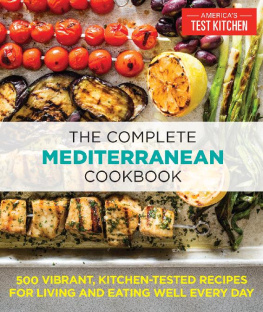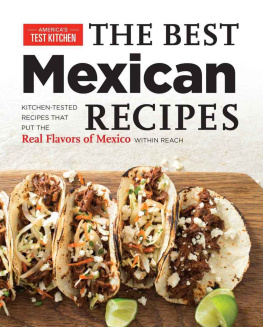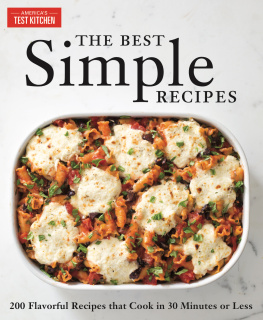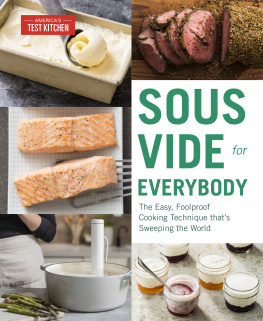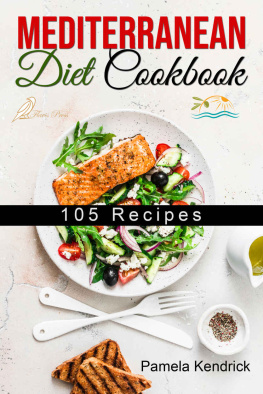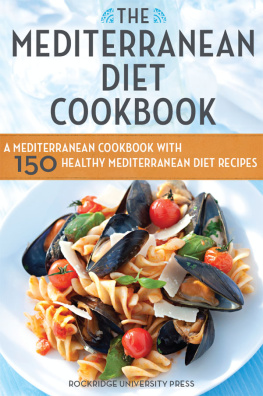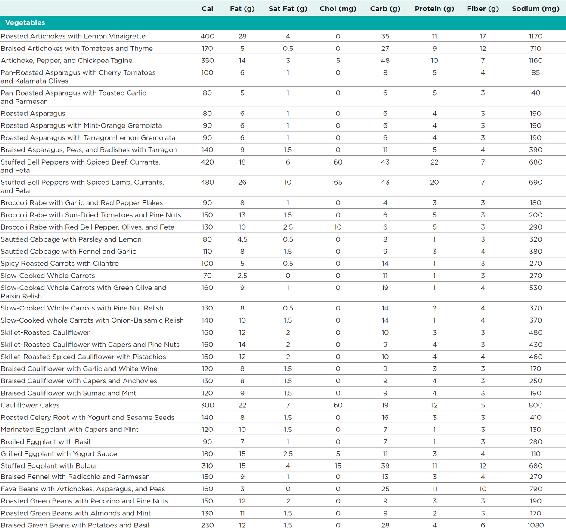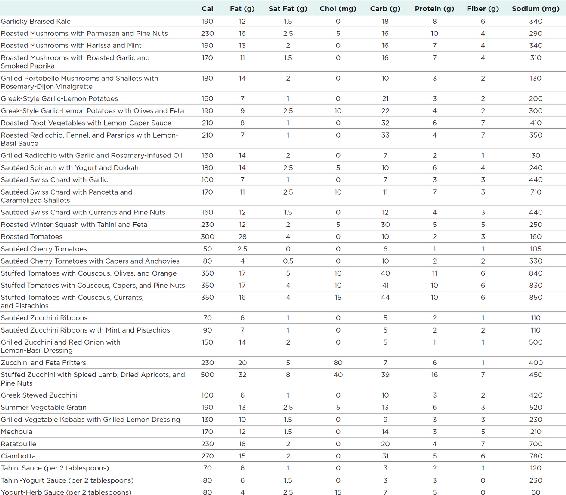ALSO BY THE EDITORS AT AMERICAS TEST KITCHEN
What Good Cooks Know
Cooks Science
Bread Illustrated
Master of the Grill
Kitchen Hacks
100 Recipes: The Absolute Best Ways to Make the True Essentials
The Best of Americas Test Kitchen (20072017 Editions)
The Complete Americas Test Kitchen TV Show Cookbook 20012017
The New Family Cookbook
The Complete Vegetarian Cookbook
The Complete Cooking for Two Cookbook
The Americas Test Kitchen Cooking School Cookbook
The Cooks Illustrated Meat Book
The Cooks Illustrated Baking Book
The Cooks Illustrated Cookbook
The Science of Good Cooking
The New Best Recipe
Soups, Stews, and Chilis
The Americas Test Kitchen Quick Family Cookbook
The Americas Test Kitchen Healthy Family Cookbook
The Americas Test Kitchen Family Baking Book
THE COOKS ILLUSTRATED ALL-TIME BEST SERIES
All-Time Best Appetizers
All-Time Best Soups
THE AMERICAS TEST KITCHEN LIBRARY SERIES
Vegan for Everybody
Naturally Sweet
Foolproof Preserving
Paleo Perfected
The How Can It Be Gluten-Free Cookbook: Volume 2
The How Can It Be Gluten-Free Cookbook
The Best Mexican Recipes
The Make-Ahead Cook
Healthy Slow Cooker Revolution
Slow Cooker Revolution Volume 2: The Easy-Prep Edition
Slow Cooker Revolution
The Six-Ingredient Solution
Pressure Cooker Perfection
The Americas Test Kitchen D.I.Y. Cookbook
Pasta Revolution
THE COOKS COUNTRY SERIES
One-Pan Wonders
Cook It in Cast Iron
Cooks Country Eats Local
The Complete Cooks Country TV Show Cookbook
FOR A FULL LISTING OF ALL OUR BOOKS
CooksIllustrated.com
AmericasTestKitchen.com
NUTRITIONAL INFORMATION FOR OUR RECIPES
When developing our recipes for this book, we consulted Oldways to come up with guiding nutritional principles to make sure our recipes would fit into a healthy Mediterranean diet. Although there are no hard-and-fast rules when it comes to nutritional numbers, we tried our best to make sure that every recipe contained reasonable amounts of calories and fat and, most importantly, a limited amount of saturated fat.
Analyzing recipes for their nutritional values is a tricky business, and we did our best to be as realistic and accurate as possible throughout this book. We were absolutely strict about measuring when cooking and never resorted to guessing or estimating. We also didnt play games when analyzing the recipes in the nutritional program to make the numbers look better. To calculate the nutritional values of our recipes per serving, we used The Food Processor SQL by ESHA Research. When using this program, we entered all the ingredients, using weights for important ingredients such as meat, cheese, and most vegetables. We also used all of our preferred brands in these analyses. When the recipe called for seasoning with an unspecified amount of salt and pepper (often raw meat), we added teaspoon of salt and teaspoon of pepper to the analysis. We did not, however, include additional salt or pepper when the food was seasoned to taste at the end of cooking.
Note: Unless otherwise indicated, information applies to a single serving. If there is a range in the serving size in the recipe, we used the highest number of servings to calculate the nutritional values.

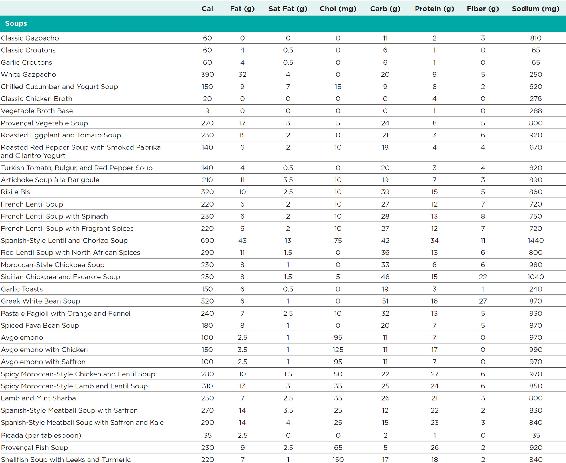
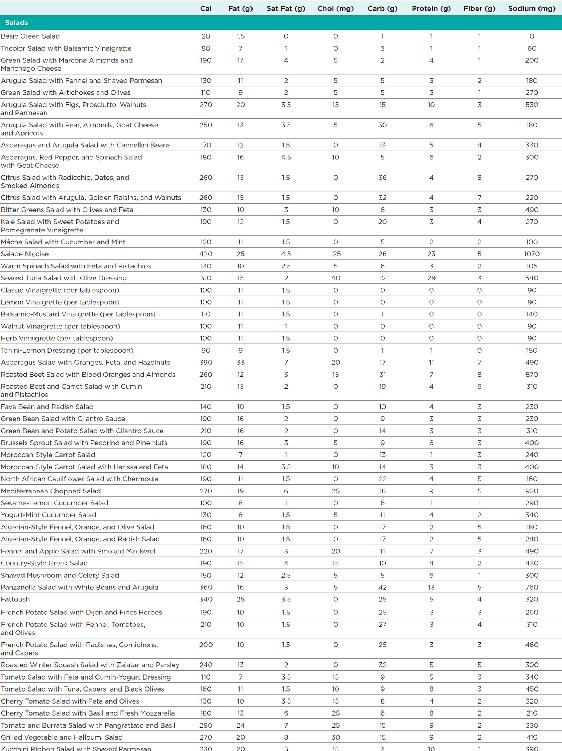
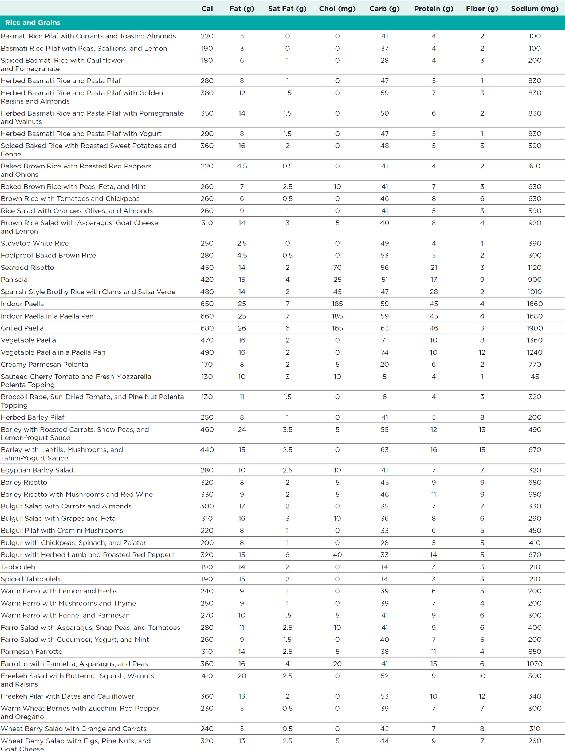
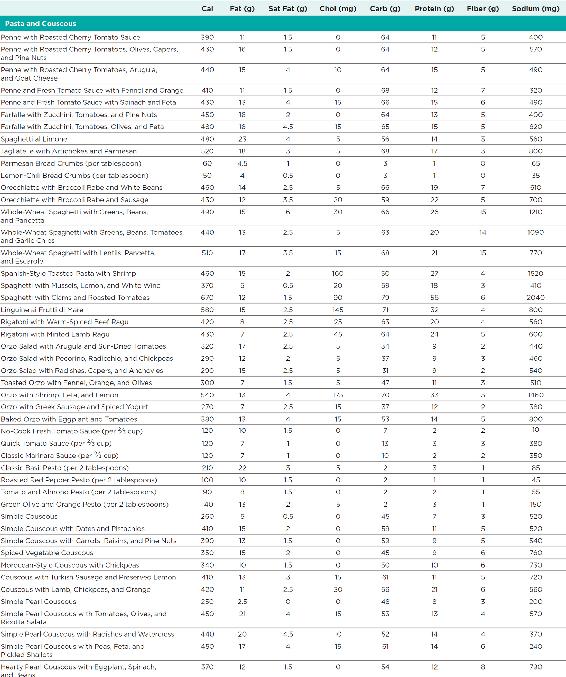
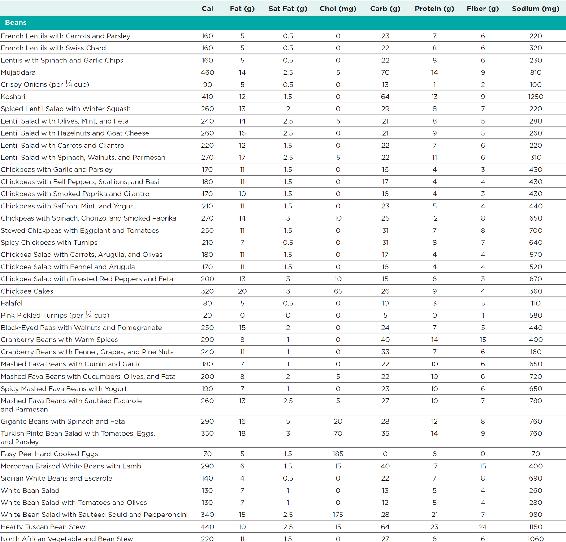
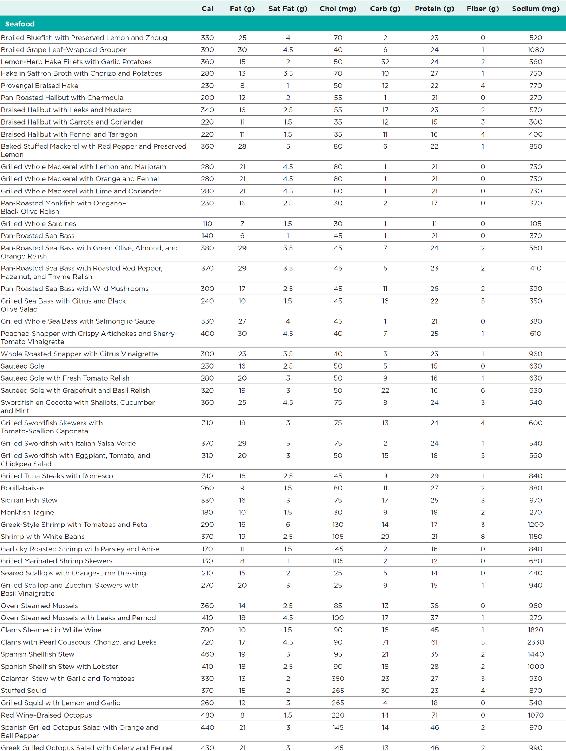

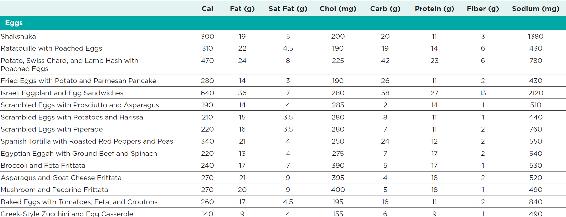
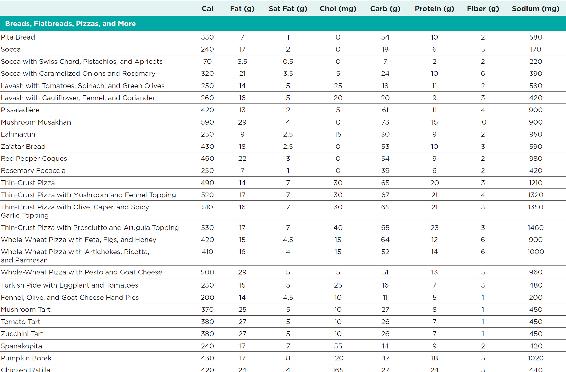
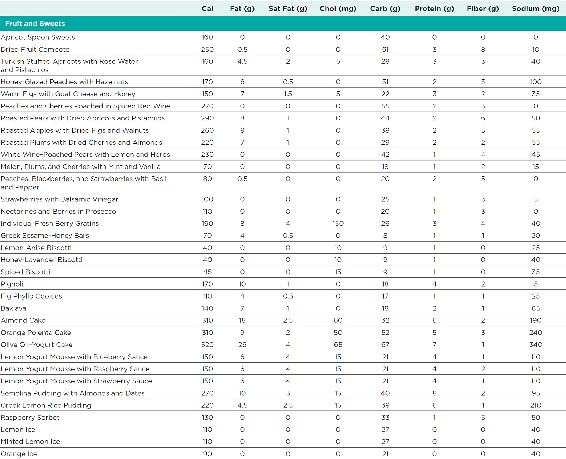
CONVERSIONS AND EQUIVALENTS
Some say cooking is a science and an art. We would say that geography has a hand in it, too. Flour milled in the United Kingdom and elsewhere will feel and taste different from flour milled in the United States. So we cannot promise that the loaf of bread you bake in Canada or England will taste the same as a loaf baked in the States, but we can offer guidelines for converting weights and measures. We also recommend that you rely on your instincts when making our recipes. Refer to the visual cues provided. If the bread dough hasnt come together in a ball, as described, you may need to add more floureven if the recipe doesnt tell you to. You be the judge.
The recipes in this book were developed using standard U.S. measures following U.S. government guidelines. The charts below offer equivalents for U.S., metric, and imperial (U.K.) measures. All conversions are approximate and have been rounded up or down to the nearest whole number.
EXAMPLE:
1 teaspoon = 4.9292 milliliters, rounded up to 5 milliliters
1 ounce = 28.3495 grams, rounded down to 28 grams
VOLUME CONVERSIONS
| U.S. | METRIC |
| 1 teaspoon | 5 milliliters |
| 2 teaspoons | 10 milliliters |
| 1 tablespoon | 15 milliliters |
| 2 tablespoons | 30 milliliters |
| cup | 59 milliliters |
| cup | 79 milliliters |

